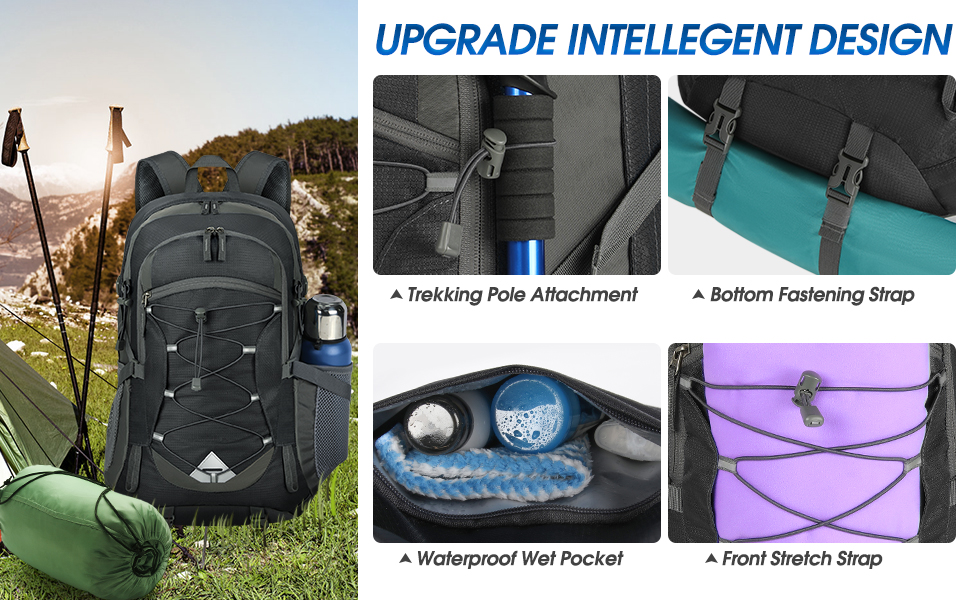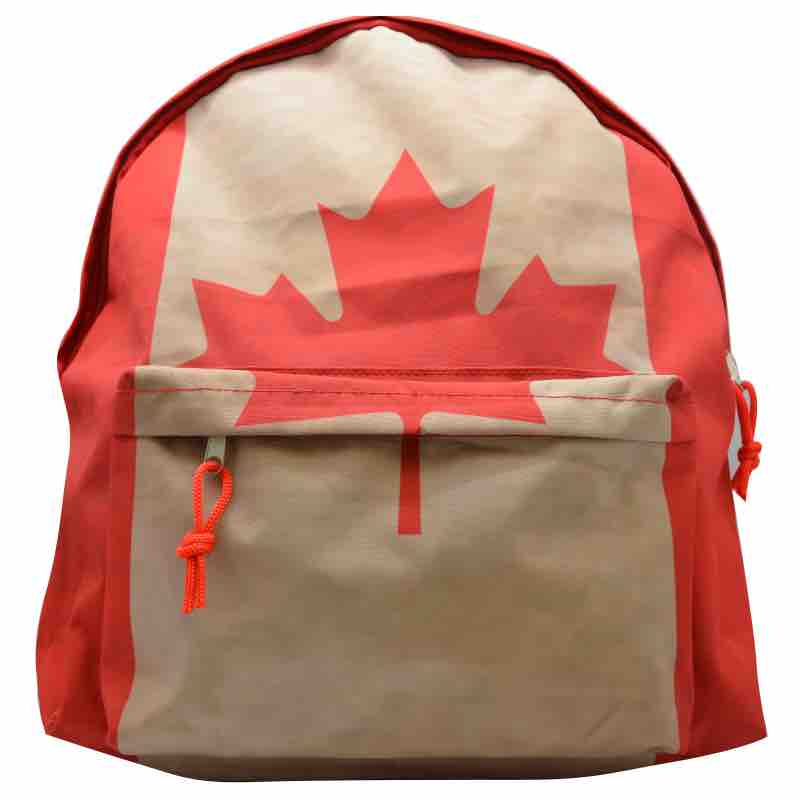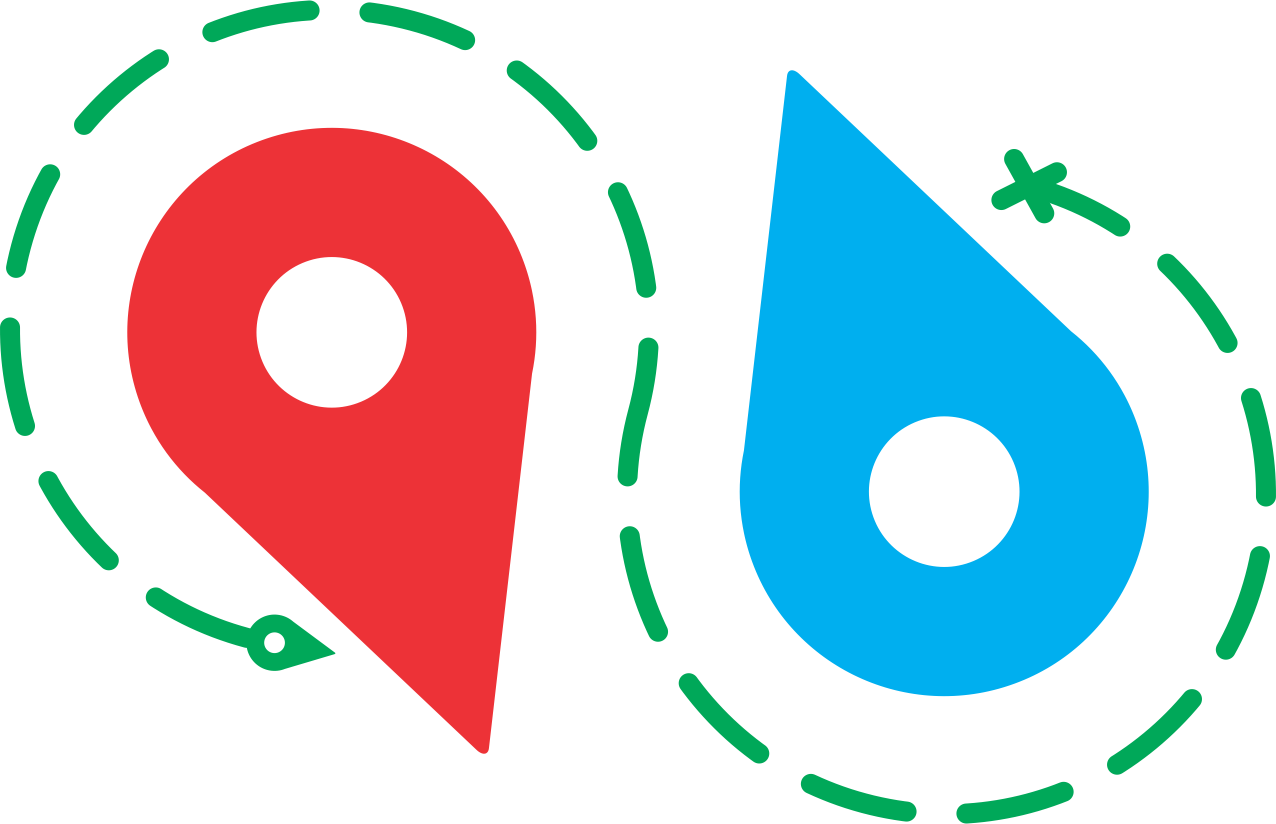Large capacity hiking backpack sales in Canada are booming, reflecting the growing popularity of outdoor adventures across the country. Canadians are increasingly embracing longer and more challenging hikes, demanding packs that can carry everything from essential gear to extra layers. This analysis explores the market, examining trends, consumer preferences, and key players driving sales in this exciting sector.
The Canadian landscape, from the rugged mountains to the vast forests, fuels the demand for robust and reliable hiking backpacks. This report delves into the specifics of large-capacity backpack sales, considering factors like pricing, retailer strategies, and the evolving needs of outdoor enthusiasts.
Introduction to Large Capacity Hiking Backpacks in Canada
Canada boasts a vast and diverse hiking landscape, from the rugged mountains of the Rockies to the serene trails of the Canadian Shield. This terrain necessitates the use of large capacity backpacks for multi-day treks and expeditions. “Large capacity” in this context refers to backpacks designed for carrying substantial amounts of gear, food, water, and personal belongings, typically for trips lasting several days or longer.
The history of hiking backpack sales in Canada mirrors the growth of outdoor recreation, with a notable increase in demand in recent decades as more people embrace the outdoors.
Key factors influencing consumer choices include the specific terrain they’re hiking, the duration of their trips, and the overall weight of the gear they need to carry. The need for durability, comfort, and weather protection is paramount for these extended adventures. As Canada’s hiking scene continues to evolve, so too does the demand for robust and reliable large capacity backpacks.
Market Trends and Consumer Preferences

Current trends in large capacity hiking backpack sales in Canada show a consistent growth, particularly in ultralight and high-performance models. Specific styles favoured by Canadian hikers include those designed for backpacking, multi-day treks, and even for extended expeditions. Popular brands include Osprey, Patagonia, and Mountain Hardwear, with their respective models frequently cited by hikers in online forums and reviews.
Canadian hikers place a high value on features like adjustable suspension systems for comfort, durable materials to withstand rugged terrain, and water-resistant or waterproof capabilities to ensure gear stays dry in unpredictable weather.
Online purchases are gaining popularity, providing greater convenience and a wider selection. However, in-store purchases still hold value, allowing consumers to physically inspect backpacks and get personalized advice from knowledgeable staff.
Factors Influencing Sales
Retail pricing strategies play a significant role in driving sales, with different retailers adopting various approaches. The availability of various sizes and styles, catering to different hiking needs, is critical to attracting a diverse customer base. The growth of e-commerce in the outdoor gear retail sector has significantly influenced purchasing patterns, making products accessible across the country. Social media and online reviews play a substantial role in shaping purchasing decisions, with consumers actively seeking out opinions and recommendations from fellow hikers.
Seasonal variations, with peak sales during the summer months, are also a notable factor in the market.
Key Players in the Market
Major retailers in Canada include specialized outdoor stores like MEC, Sierra Trading Post, and local outfitters. Online retailers such as Backcountry.com and REI.com also cater to the market, offering a wide selection and convenient purchasing options. Brands like Osprey, Patagonia, and Gregory dominate the market share, often with specific models that are highly sought after. Competition in the market is fierce, with established players constantly innovating and introducing new models.
Case studies of successful businesses within this sector highlight the importance of understanding consumer preferences, providing high-quality products, and building strong brand loyalty.

Challenges and Opportunities
Supply chain disruptions, fluctuating demand, and evolving consumer preferences are potential obstacles faced by businesses. Untapped market segments include eco-conscious consumers seeking sustainable and environmentally friendly options. Opportunities for innovation lie in developing more lightweight, durable, and comfortable backpack designs. Sustainable and eco-friendly materials are increasingly important to consumers, creating a niche market for businesses that prioritize sustainability.
Future Outlook
Future trends in large capacity hiking backpack sales in Canada are likely to be driven by technological advancements in materials and features, such as improved ventilation and load-bearing systems. The market is expected to continue growing, fueled by the ongoing popularity of outdoor recreation. The influence of changing consumer preferences, particularly towards eco-friendly and sustainable products, will shape future product development and marketing strategies.
In conclusion, the large capacity hiking backpack market in Canada is dynamic and promising. The interplay of consumer preferences, retailer strategies, and market trends will continue to shape this sector. Future growth hinges on addressing potential obstacles, tapping into new market segments, and innovating to meet the evolving needs of Canadian hikers. The analysis also highlights the significance of sustainable and eco-friendly options in this sector.

